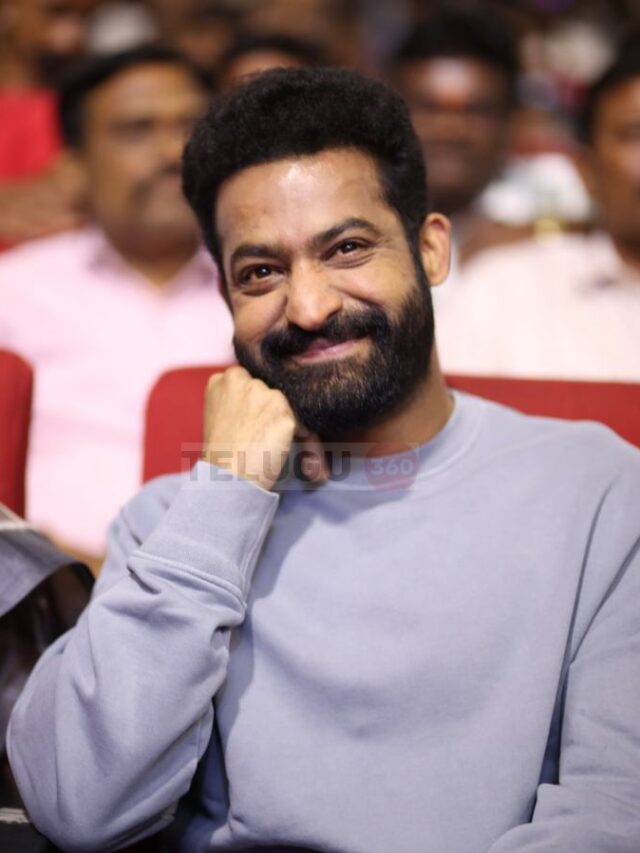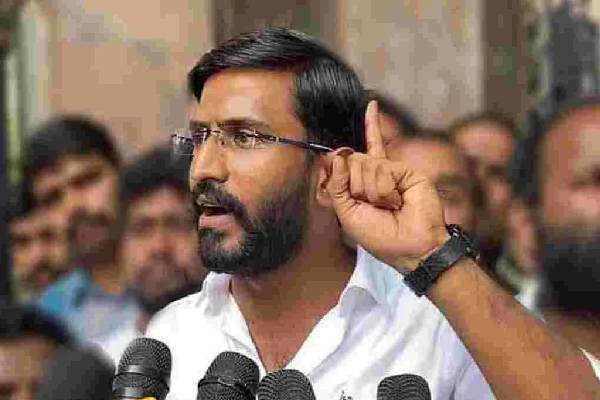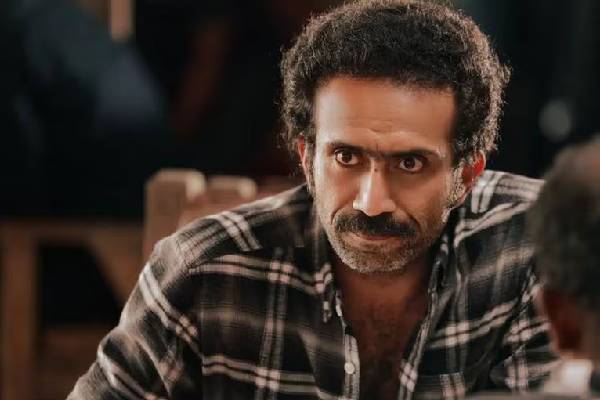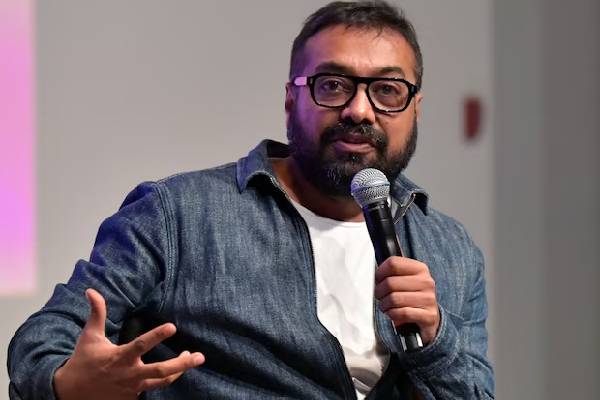United States President Donald Trump has played the India card against Pakistan in the Afghan great game, but would that become a true trump card for India?
Earlier this week, Trump assigned a “critical” role for India in his country’s South Asia strategy for fighting terrorism, building up a safe Afghanistan and appealed for help, while at the same time warning Pakistan of repercussions for the double game of unleashing terrorists against the Afghans and the US while collecting billions from Washington.
It amounts to threatening Islamabad that Washington could pivot to India if it didn’t stop supporting “the same organisations that try every single day to kill our people”, as Trump put it.
The US move comes as the civilian leadership is unmoored after Nawaz Sharif was removed as Pakistan Prime Minister by a court order.
It also coincides with the simmering military standoff between India and China, the other power with deep involvement in the region and patron of Pakistan. How Beijing reacts would be a factor in the way things work out for India.
There are two other players in the great game, Iran and Russia, with whom the US has a hostile relationship. They can influence developments in Afghanistan and India can play a covert intermediary role between them.
Past US Presidents, George W. Bush and Barack Obama, have in joint statements acknowledged New Delhi’s humanitarian and development assistance to Afghanistan, but what makes Trump’s statement different is that he openly incorporates India into the US strategy for Afghanistan and South Asia and juxtaposes it with his warnings to Pakistan.
Trump putting Pakistan on notice directly marks a change from the tradition of the Cold War that made Pakistan the indisputable and indispensable ally and there is a twist of irony here.
Soon after 9/11 in 2001, as the US prepared to go into Afghanistan, India offered the use of its airbases, but it was turned down and Washington decided to go with Pakistan despite its history of aiding both the Taliban and Al Qaeda.
Trump’s request to India was deliberately open-ended, while stressing what is already being done. “We want them to help us more with Afghanistan, especially in the area of economic assistance and development,” he said.
New Delhi has committed more than $3 billion in aid to Kabul and has undertaken important projects like constructing a Parliament house and building major highways in the face of Taliban attacks.
And there limits to what more it can do.
India couldn’t send troops in combat or frontline advisory roles. But it already trains Afghan troops and police in India — and had one time set a target of putting 30,000 of them through the paces. Now, trainers could work in Afghanistan itself, if India chooses and the US agrees to drop its opposition driven by Pakistani sensibilities — but away from areas of direct conflict.
But it could let the US use airbases in India, though Islamabad could ban overflights and a route through Iran is out of question.
India has provided military helicopters to Afghanistan, and General John Nicholson, the US commander in that country, has recently said that Kabul could do with more of them — as well as other military supplies. New Delhi could also increase its role as middleman for supplying Russian weaponry and spares given the Washington-Moscow standoff.
In the development sphere, India could increase — and probably will — its aid to Afghanistan in cash and kind. However, it may not be able to sustain a major expansion of assistance programmes requiring the deployment of Indian citizens because that would likely require security personnel to protect them and risk direct confrontation.
A major component of India’s economic assistance to Afghanistan runs counter to US interests as dictated by the Middle East because it is linked to Iran. India is developing the Chhabahar port in Iran that will provide landlocked Afghanistan an outlet to the world using the Indian-built Delaram-Zaranj highway to the Iran border. In turn, that highway will link to the Ring Road project that connects important Afghan cities.
This will provide a significant boost to Afghanistan’s economy.
At the same time, dire strategic compulsions could make the US overcome its repugnance to Tehran and through India use the Chhabahar link to get supplies into Afghanistan.
What is behind the changed US attitude to Islamabad — and to India as a collateral — and Trump’s own reluctance to further get involved in Afghanistan? It is the influence of the triumvirate of generals, Chief of State John Kelly, Defence Secretary James Mattis and National Security Adviser H.R. McMaster, with personal connections to the Afghan war.
Kelly lost his son, a Marine officer in Afghanistan to a terrorist roadside bomb, making the war on the Taliban personal. Mattis was the commander of the CENTCOM that oversaw the Afghan war and McMaster as the deputy to the planning commander at the international forces headquarters in Kabul.
Both have seen Islambad’s double game. Already last month, the US withheld $50 million in aid Pakistan citing its failure to rein in the Haqqani terrorist network.
Add to that Trump’s disenchantment with China over its refusal or inability to rein in North Korean taunts and threats.
How will the military and Islamist establishments react? To acquiesce to the US is one option that may be accompanied by the diversion of Islamist terrorists to India.
The other option of defiance would depend on China. Beijing sees Washington-New Delhi ties in the larger picture — its state media has accused the West, specifically the US, of instigating war between it and India.
But Beijing has some limitations here. Beyond making up for the loss of US billions to Pakistan if Islamabad stood firm, China also has strategic interests in the region that could be endangered by terrorism: The One Road One Belt project and the likelihood of terrorism getting a boost in the Uighar region and in Central Asia.
The real danger would be a Pakistani terror push towards India with Chinese backing.

































